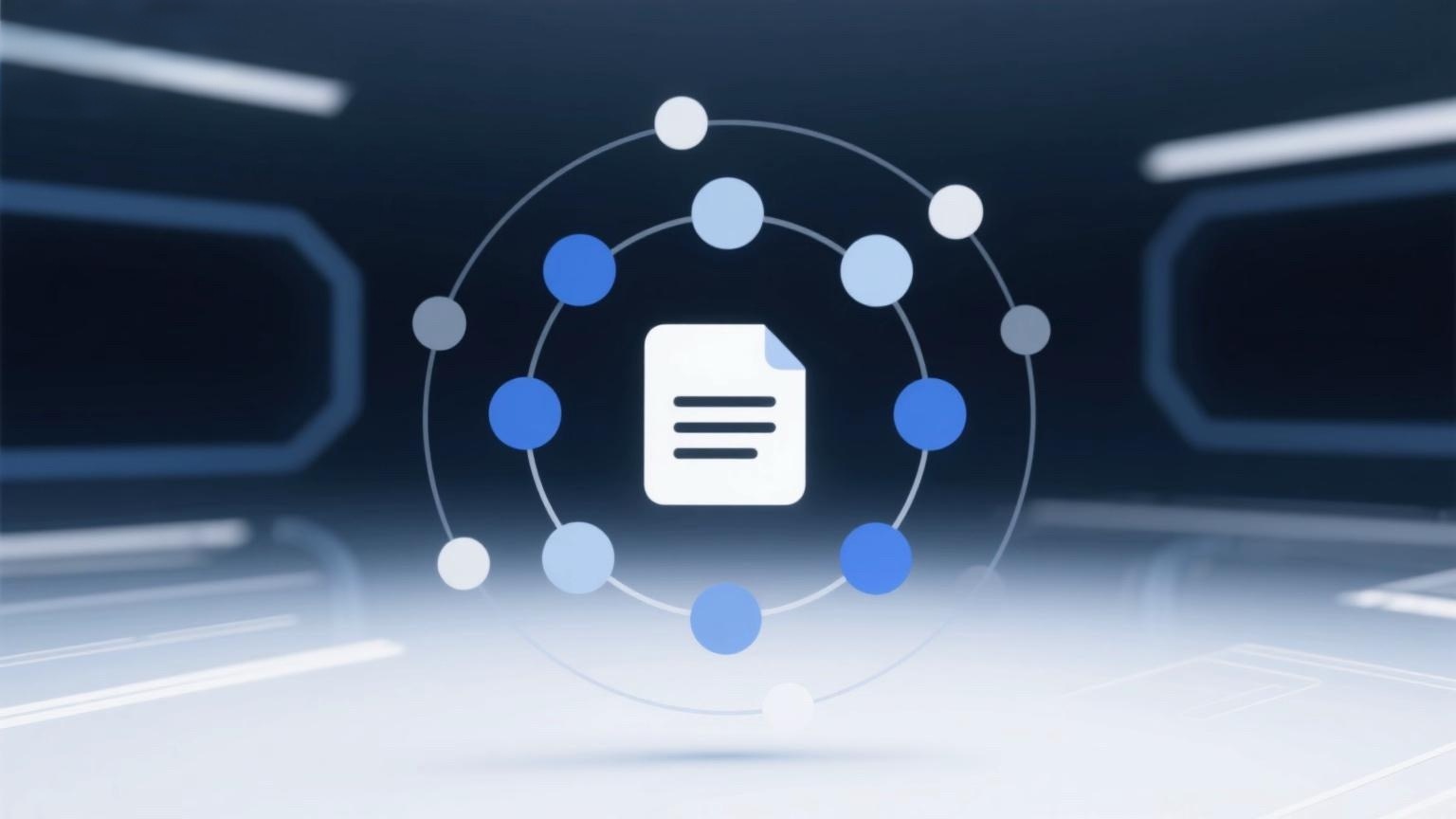
Decentralized file sharing relies on many essential elements to achieve dispersed and secure data exchange.
First, P2P networks, which enable direct user connections without centralized servers, are the backbone of decentralized file-sharing systems. By doing so, a robust system is formed where participants share files directly.
Blockchain technology is crucial for maintaining the integrity and trust of decentralized file-sharing networks. It enhances the overall security of transactions and file transfers by enabling transparent and tamper-proof record-keeping. Smart contracts, which are self-executing contracts with pre-established rules, can automate tasks such as access control and file verification.
Furthermore, files are distributed across a network of nodes using distributed storage systems, which often employ protocols like BitTorrent or IPFS. This approach eliminates the need for a central server and improves data availability and reliability due to its redundant nature.
Encryption methods also safeguard data integrity and privacy. End-to-end encryption boosts user confidence in decentralized file-sharing systems, as it ensures that only authorized parties can view the content. These elements collectively provide a secure and decentralized setup for seamless file sharing over decentralized networks.
















